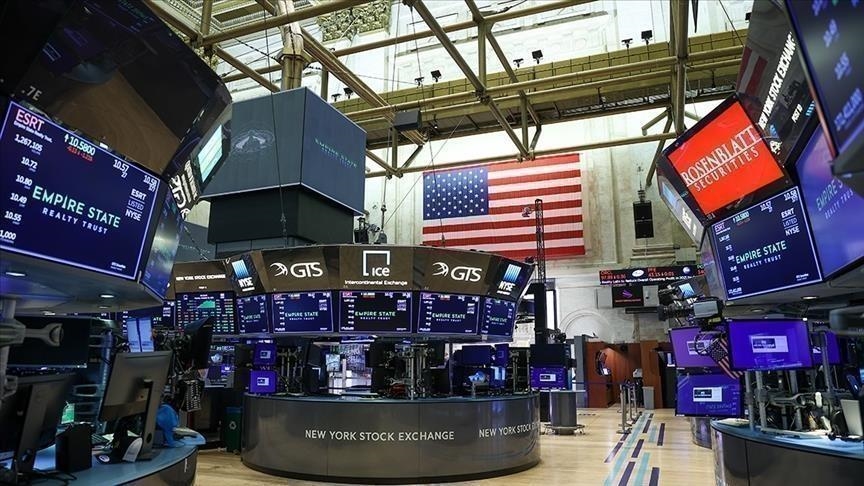
- Indices
- Stocks
Stocks recovered after the sharp decline
Do you want to know how to make money from this?
Register for free and get expert advice, access to a training course and webinars.
Key points:
- US stocks rose on Friday after falling on Thursday.
- Consumer inflation expectations improved at the end of May.
- 77.9% of S&P 500 companies that reported earnings beat expectations.
US stocks rebounded on Friday after falling sharply on Thursday. The reason for the growth, in particular in the Nasdaq index, was encouraging news about consumer expectations regarding inflation.
The Dow Jones Industrial Average added 0.01% to end at 39,069.59, up 4.33 points. The S&P 500 rose 0.70% to 5,304.72, up 36.88 points. The Nasdaq Composite was the biggest gainer, rising 1.10% to 16,920.79, up 184.76 points.
It is worth noting that Friday’s growth could not offset the decline in the Dow Jones over the past five weeks. The day before, the index showed its biggest daily decline in more than a year.
Is inflation in the US on the decline?
The US Commerce Department reported unexpectedly strong growth in new orders for key capital goods in April. Data from the University of Michigan was also encouraging: Consumer inflation expectations improved at the end of May after falling earlier in the month.
Today’s indicators turned out to be slightly better than forecasts – consumer sentiment did not undergo significant changes, but were higher than expected.
However, experts urge restraint in interpreting these data. Traders may increase their optimism and believe that the situation is not as bad as it seems and the Fed will cut interest rates faster. However, further economic data will need to be awaited before drawing any far-reaching conclusions.
Earnings season for companies is coming to an end
US stock indexes ended Thursday lower, overshadowed by data pointing to rising inflation. The data dampened expectations for a Fed rate cut this year, dampening optimism fueled by Nvidia‘s strong quarterly results in artificial intelligence stocks.
Trading on Friday, May 24, was lower in volume than expected ahead of the Memorial Day weekend on Monday.
Among the 11 major sectors of the S&P 500, the communications services sector posted the largest gain (1.29%), followed by the technology sector and utilities (about 1% each).
As earnings season draws to a close, 77.9% of the 480 S&P 500 companies reporting earnings beat analysts’ expectations, according to LSEG. That’s down slightly from 79% over the last four quarters, but higher than the average of 67% since 1994.
On the exchanges there was a predominance of rising stocks over falling ones: on the NYSE the ratio was 2.91 to 1, on the Nasdaq – 1.85 to 1.
The S&P 500 recorded 28 new 52-week highs and 6 new lows, and the Nasdaq Composite Index recorded 68 new highs and 114 lows.
Trading volume on US exchanges was 10.36 billion shares, below the average for the last 20 trading days (12.22 billion shares).
Do you want to know
How to make money from the news
Register for free and get:
- Expert consultation;
- Access to the training course;
- Opportunity to participate in webinars

